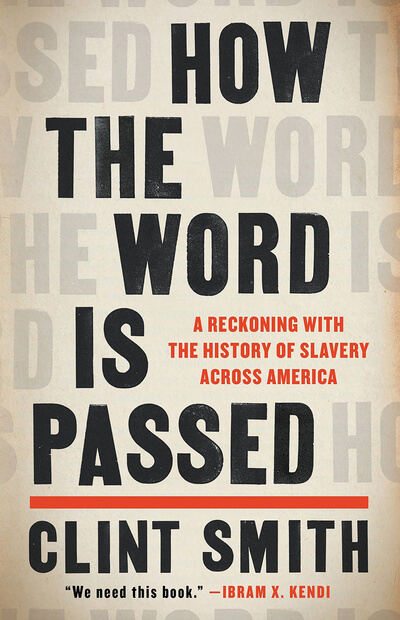Like its brilliant predecessors, All the Pretty Horses and The Crossing, Cities of the Plain tells a riveting story that is simple in form but presses outward toward the archetypal and the infinite. The novel can surely be read on its own, but those who have read the earlier novels in the trilogy will find a richer reward.
Those two novels tell oddly similar stories. In All the Pretty Horses, John Grady Cole and his companion ride down into Mexico in search of adventure and discover a wider and more mysterious world than they had imagined. In The Crossing, Billy Parham's wanderings into Mexico are more darkly shaded. If John Grady Cole's adventures have about them a kind of innocence, Billy Parham's seem to be about fate and expiation. In both books, in beautiful, powerfully rendered episodes, Cormac McCarthy explores the borderlands of human experience, the oppositions and crossings as lives intersect.
In Cities of the Plain, John Grady Cole and Billy Parham's youthful wanderings have ended. The two protagonists wind up working together on a ranch outside El Paso, a place we soon learn is to be shut down and turned into an Army base. Their infrequent journeys across the border are now to whorehouses in Juarez. On one such trip, John Grady Cole falls in love with a teenage prostitute, an epileptic named Magdalena. The novel's central storyline is about this love and John Grady Cole's obdurate attempts to rescue and marry her. At one point John Grady asks Billy to go as his agent and buy Magdalena out of prostitution, but until the novel's disquietingly radiant epilogue, Parham is mainly a witness to the grimly unfolding events.
As the title's reference to Sodom and Gomorrah suggests, Cities of the Plain is about the end of things. But the end of what? John Grady Cole has an extraordinary innocence and openness of heart (something quite different from stupidity or naivete) that does not seem to belong in the dailiness of the modern world. But Cities of the Plain is also about the end of an American way of life. Gathered around Parham and Cole at the ranch is a collection of drifters and aging cowboys, each with a history and a story to tell. The book is filled with moving depictions of the routines of cowboy life, adventures high in the hills above the cities spreading out across the plain. McCarthy has a special ear for the horse- and landscape-bound language of cowboys, a way of speaking that has all but disappeared, and he seems intent on salvaging that language and all it represents.
McCarthy's view of the world is austere. As in the previous novels, his characters encounter brutality, as well as the sublime. If he offers any real hope, it lies in the redemptive power of language. McCarthy is perhaps the finest American prose stylist writing today. As poet Robert Hass has written, "McCarthy seems incapable of writing a boring sentence." Cities of the Plain contains passages of rare and hypnotic beauty. It completes a series that will surely become an American literary classic.
















